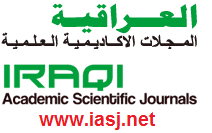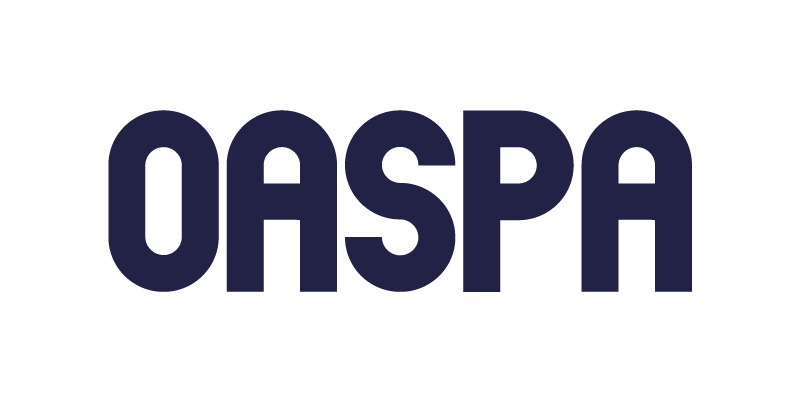Experimental Study for Assessment of Cutting Density Effect on Hole Cleaning Efficiency in Inclined and Horizontal Wells
DOI:
https://doi.org/10.31699/IJCPE.2020.3.1Keywords:
Cutting transport ratio, Particle density, Hole cleaning Efficiency, Yield pointAbstract
The poor hole cleaning efficiency could causes many problems such as high torque, drag, poor hydraulics and pipe stuck. These inherent problems result in an avoidable high operation cost which this study tried to address. In this study, the effect of cutting density on hole cleaning efficiency in deviated and horizontal wells was investigated. Experiments were conducted using 40 feet (12 m) long of flow loop made from iron and PVC. However, the test section was made from PVC with (5.1m) long and (4” ID) for outer pipe and (2” OD) inner pipe. The cutting transport ratio (CTR) was determined from weight measurements for each test. Cutting Transport Ratio has been investigated for effects of the following parameters; flow rate, cutting size and density, yield point of drilling mud, and inclination angle. Once the setup was positioned at the desired inclination, the cutting was transported for 3 minutes at a constant flow rate and yield point. The amount of cutting removed during each test was thereafter weighted to determine cutting transport ratio CTR.
The results obtained from this study showed that the cutting density has a slight to moderate effect on hole cleaning efficiency. Also, there was a remarkable improvement in the cutting transport ratio annular velocity and hole inclination angle was increased. However, the yield point (Yp) was negligible at maximum values of annular velocity. Therefore, at high value of yield point the cuttings with large and medium size were transported more than small size. This case is inversed at a low value of Yp. Moreover, for all sizes the heavy cutting transport less than light cutting. Finally, the critical angle was recorded between 65o-75o. Sigma plot 12.5 program has been used to graph all figures in this paper.
Received on 12/01/2020
Accepted on 31/05/2020
Published on 30/09/2020
References
Pandya, S., Goyal, S., & Pandey, Y, “Optimizing the Fracturing Treatments by Intersecting Production Data and Fracture Diagnostics”. Society of Petroleum Engineers, November. 2015.
Zamora, M. and Hanson, P., “Selected Studies in High-Angle Hole Cleaning”, 19th Annual Convention Proceedings, Volume 2, Indonesian Petroleum Association, 1990, Pages 411-425.
Fraser, L., Griffin, T., Jabri, M., Sones, G., Stealman, M. and Valco, P., “Seamless Fluids Programs: A key to better well construction”, Oilfield Review, Summer Issue, Schlumberger, 42-58. 1996.
Li, J., Misselbrook, J., Sach, M, “Sand Cleanouts with Coiled Tubing: Choice of Process, Tools and Fluids”, Journal of Canadian Petroleum Technology 49(8):69-82. 2010.
Rolovic, R., Weng, X., Hill, S., Robinson, G., Zemlak, K., & Najafov, J., “An Integrated System Approach to Wellbore Cleanouts with Coiled Tubing”. Society of Petroleum Engineers.January.2004.
Ozbayoglu, M., Saasen, A., Sorgun, M., Svanes, K., “Effect of Pipe Rotation on Hole Cleaning for Water-Based Drilling Fluids in Horizontal and Deviated Wells”. Proc. IADC/SPE Asia Pacific Drill. Technol. Conf. Exhib. 1–11, 2008.
Ozbayoglu Mehmet Evren, Osgouei Reza Ettehadi, Ozbayoglu Ahmet Murat, Yuksel Ertan, “Estimation of Very”-Difficult-to-Identify" Data for Hole Cleaning, Cuttings Transport and Pressure Drop Estimation in Directional and Horizontal Drilling”. IADC/SPE Asia Pacific Drill. Technol. Conf. Exhib. 1–18, 2010.
Pandya, S., “Experimental Study of Proppant Transport in Horizontal and Directional Wells”. MS Thesis, University of Oklahoma. 2016.
Nguyen, D., & Rahman, S. S, , “A Three-Layer Hydraulic Program for Effective Cuttings Transport and Hole Cleaning in Highly Deviated and Horizontal Wells”, Society of Petroleum Engineers, January.1996.
Li, J., & Wilde, G. , “Effect of Particle Density and Size on Solids Transport and Hole Cleaning With Coiled Tubing”. Society of Petroleum Engineers, January .2005.
Cano, V., Cardona, W. G., Murphy, C., & de Araujo, M., “Improved CT Well Cleanout and Milling Procedures Utilizing Only Non-Viscous Cleanout Fluids”. Society of Petroleum Engineers. 2016.
Mohammed, M., S., & M. “A Real-Time Indicator for the Evaluation of Hole Cleaning Efficiency”. Society of Petroleum Engineers. 2019.
Amel H. A. “Enhancing the Lifting Capacity of Drilling Fluids in Vertical Oil Wells”. Iraqi Journal of Chemical and Petroleum Engineering, Vol.18, pp.13 – 29, Sep. 2017.
Faleh H. M. & Karrar S.” Enhancement of Drilling Fluid Properties Using Nanoparticles”. Iraqi Journal of Chemical and Petroleum Engineering, Vol.19, pp.21 – 26, June. 2018.
Ayad A. Alhaleem. “Study the Efficiency of Drilling With Casing Operation in an Iraqi Oil Field”. Iraqi Journal of Chemical and Petroleum Engineering, Vol.17, pp.47 – 52, June. 2016.
Downloads
Published
Issue
Section
License
Copyright (c) 2020 Iraqi Journal of Chemical and Petroleum Engineering

This work is licensed under a Creative Commons Attribution-NonCommercial 4.0 International License.












